 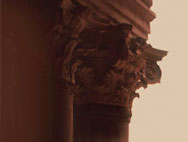
|
Part 4

The Ramp of Prague Castle was built in 1663. It offers quite a remarkable view of the town and the slopes of Petfin Hill. In the background are the precincts of the Museum of National Literature, originally a Premonstratensian monastery founded in 1140.
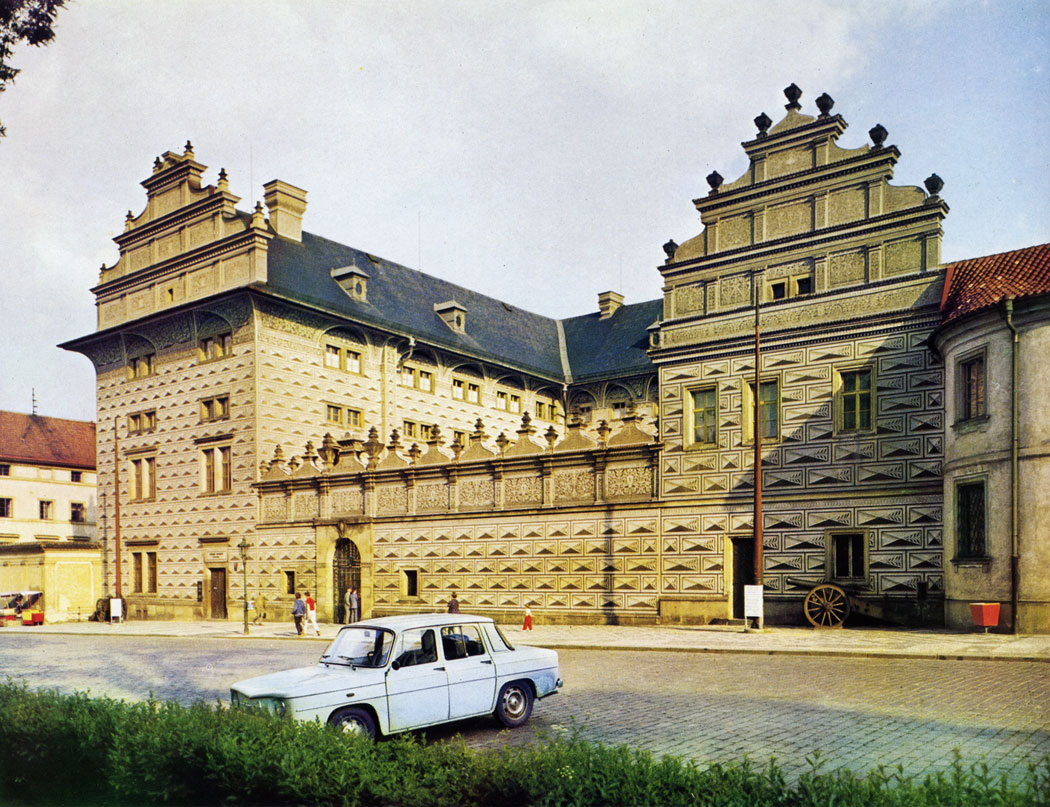
The Military History Museum on Hradcany Square is one of the finest Renaissance buildings in Prague. It was built for Jan of Lobkovice the Younger of Horsovsky Tyn in the years 1545 to 1563 by builder Augustin Vlach. The name of Schwarzenberg Palace refers to its subsequent owners.
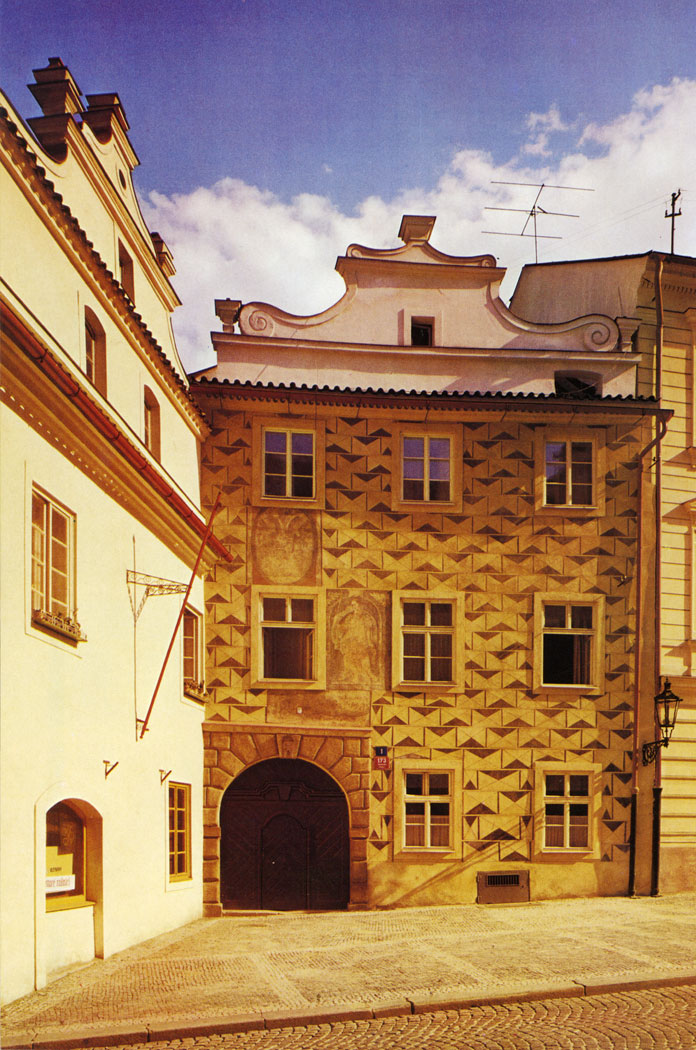
Some time at the beginning of the 14th century the High Burgrave gave the inhabitants of the outer bailey to the west of the Castle the status of royal borough. Hradcany became a town community but remained feudally dependent on the Burgrave of Prague Castle until 1598 when Rudolph II presented it with a Royal Charter. The inhabitants immediately set to building their own Renaissance town hall, whose final appearance dates from the years 1601 to 1604.
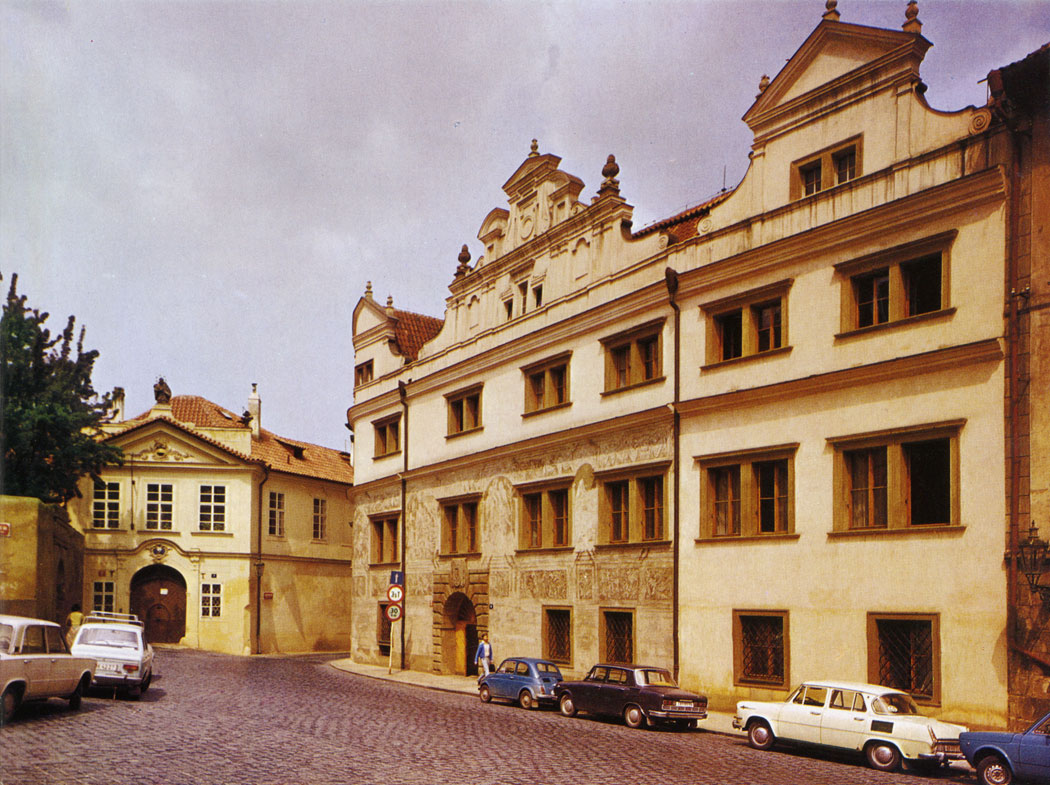
The Martinice Palace was built after the middle of the 16th century as the result of the reconstruction of three Gothic houses. In 1583 it passed into the hands of the Martinice family, one of whom, Jaroslav Bofita of Martinice, a Governor of Bohemia and victim of the Defenestration, had it re-built at great expense in the early 17th century. In recent years the palace underwent extensive restorations and serves now as the Office of the Chief Architect of the City of Prague.
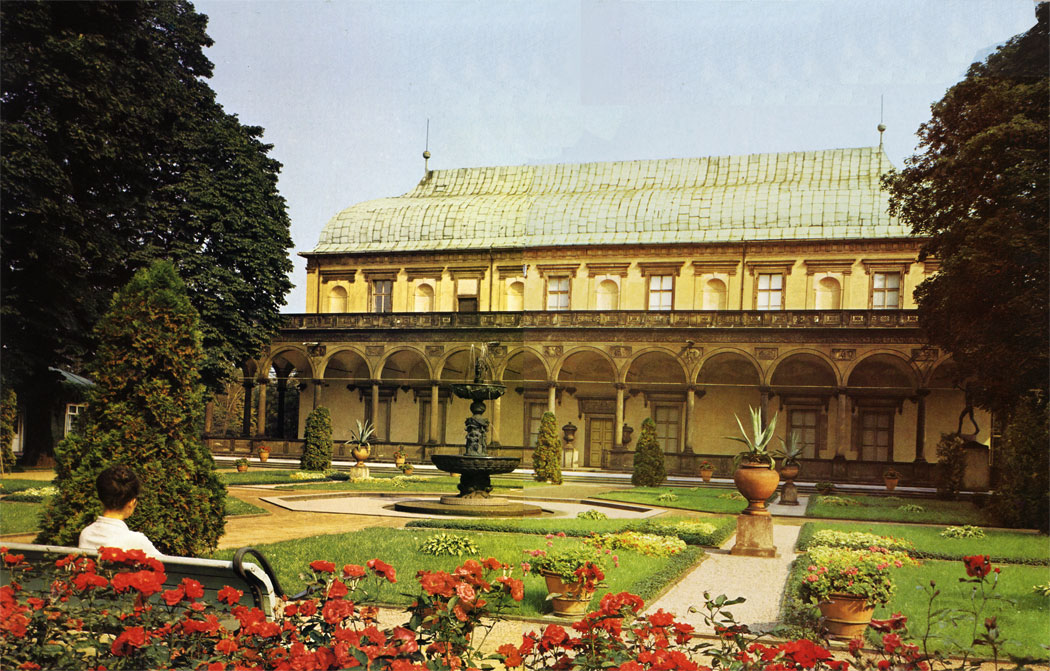
The Royal Summerhouse or Belvedere is an outstanding example of Renaissance architecture north of the Alps. It was built in the years 1538 - 1563 to a design by Paola della Stella, whose work was continued by several other builders. Since restoration in 1952 - 1955 the Belvedere has been used for exhibitions.

The allegorical statue of Night was made in the workshop of Matthias Braun after 1734 and was placed in the Royal Gardens shortly after that date. The Ball Court was built in Renaissance style by Bonifaz Wolmut and Oldfich Aostalis (1567 - 1569). It burnt down during the revolutionary fighting on 9 May 1945 and has been restored to a design by Pavel Janak.

'The Singing Fountain derives its name from the sounds it emits when drops of water strike its metal surface. It is the work of sculptor Francesco Terzio and was cast in bronze by the Brno founder Tomas Jaros in 1564.
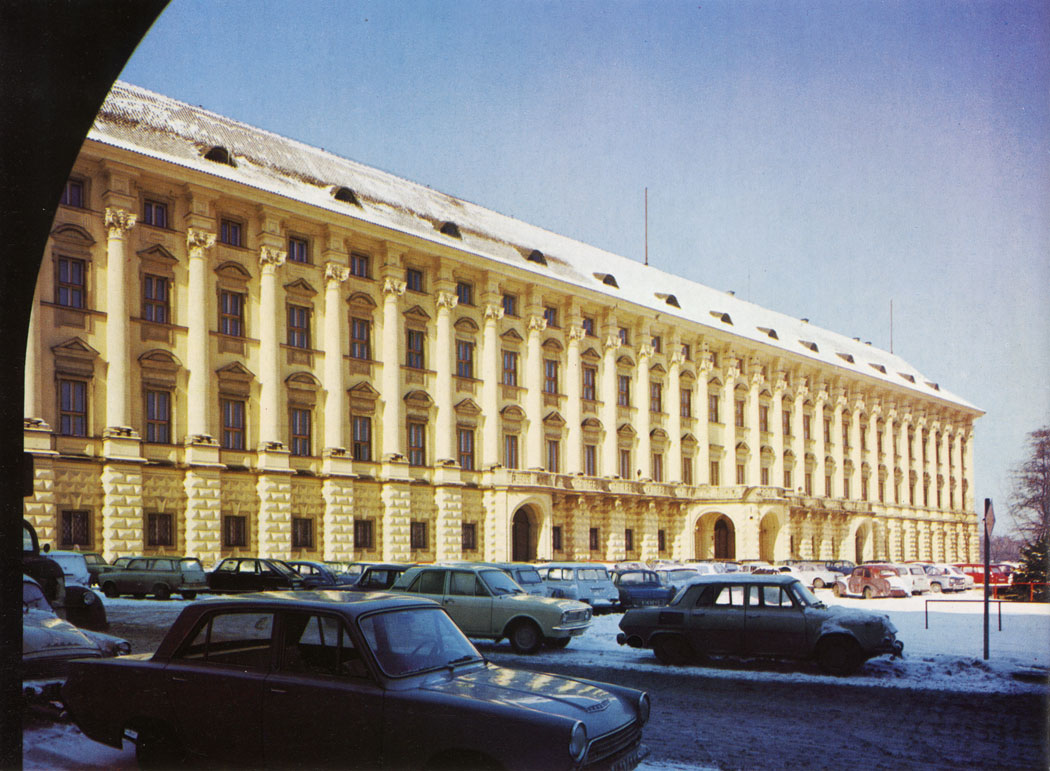
The Cernin Palace at Hradcany is the most monumental secular edifice in Czech Baroque style. It was built for Humprecht Cernin of Chudenice in 1669 to a design by Francesco Caratti. Building construction was finished in 1697, but alterations of the interior were still afoot in the middle of the 18th century. The palace is the seat of the Ministry of Foreign Affairs, for which purpose it was adapted by Pavel Janak in the years 1928-1932.
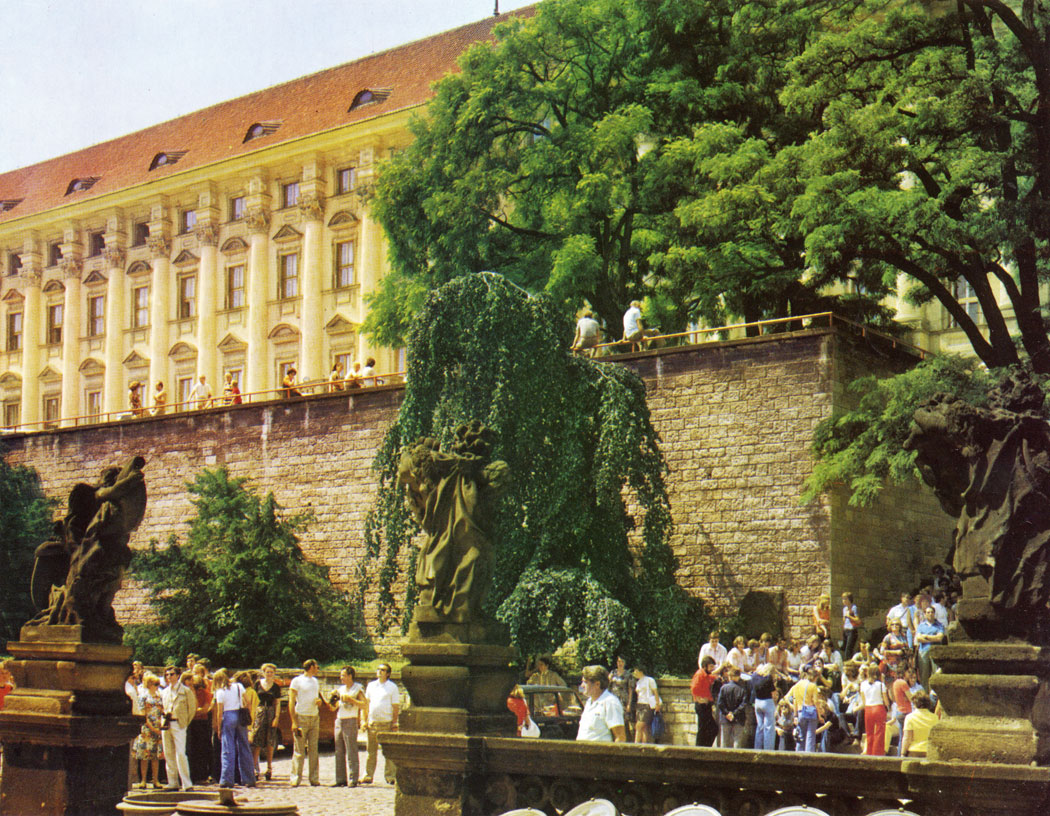
The Cernin Palace at Hradcany is the most monumental secular edifice in Czech Baroque style. It was built for Humprecht Cernin of Chudenice in 1669 to a design by Francesco Caratti. Building construction was finished in 1697, but alterations of the interior were still afoot in the middle of the 18th century. The palace is the seat of the Ministry of Foreign Affairs, for which purpose it was adapted by Pavel Janak in the years 1928-1932.
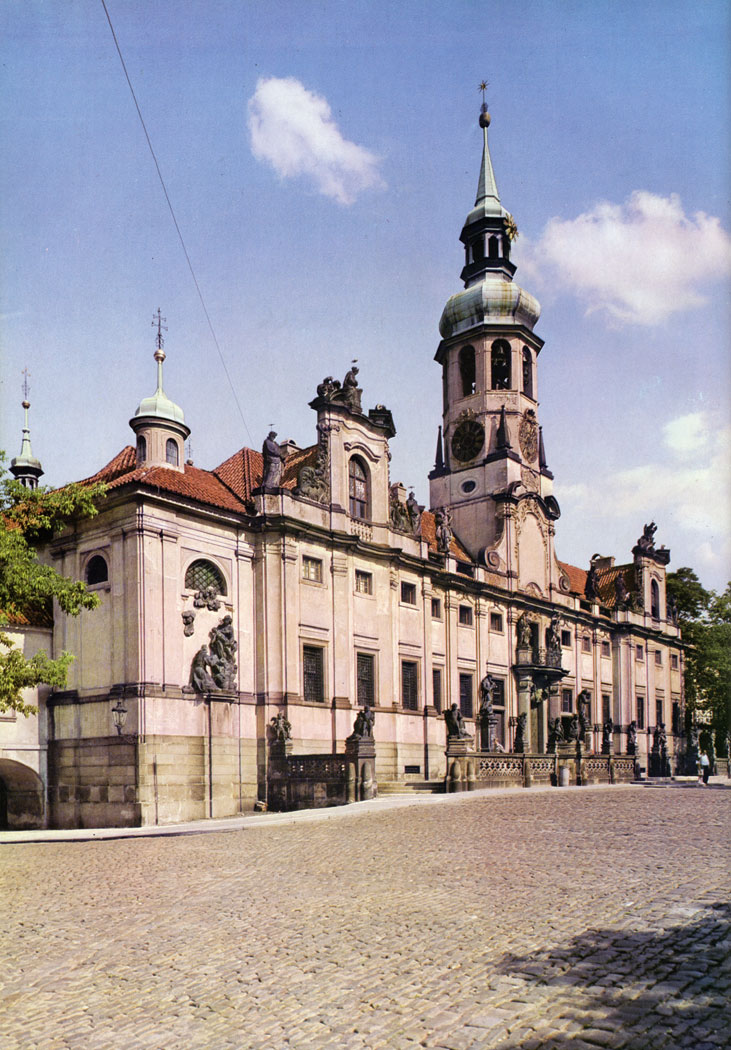
In 1631 the Santa Casa was completed, and immediately work was begun on the construction of the cloisters, which were to give shelter to the pilgrims. The facade of this important pilgrim centre in Prague was reconstructed in 1720 - 1722 by Kilian Ignac Dienzenhofer, the work on the cloisters continued even at a later period. The carillon on the tower of the Loretto is the work of Petr Naumann, 1694.
|
ПОИСК:
|
© ARCHITECTURE.ARTYX.RU, 2001-2021
При использовании материалов сайта активная ссылка обязательна:
http://architecture.artyx.ru/ 'Архитектура'
При использовании материалов сайта активная ссылка обязательна:
http://architecture.artyx.ru/ 'Архитектура'